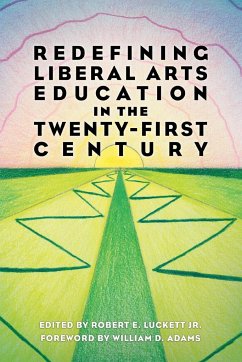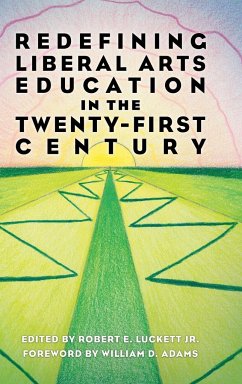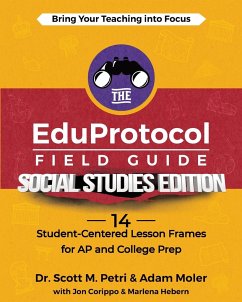
Social Studies for the Twenty-First Century
Methods and Materials for Teaching in Middle and Secondary Schools
Versandkostenfrei!
Versandfertig in 1-2 Wochen
148,99 €
inkl. MwSt.
Weitere Ausgaben:

PAYBACK Punkte
74 °P sammeln!
Now in its 5th edition, this popular text offers practical, interesting, exciting ways to teach social studies and a multitude of instructional and professional resources for teachers. "Build Your Own Lesson" additions to each chapter encourage improvisation and inquiry-based teaching and learning across subjects.














